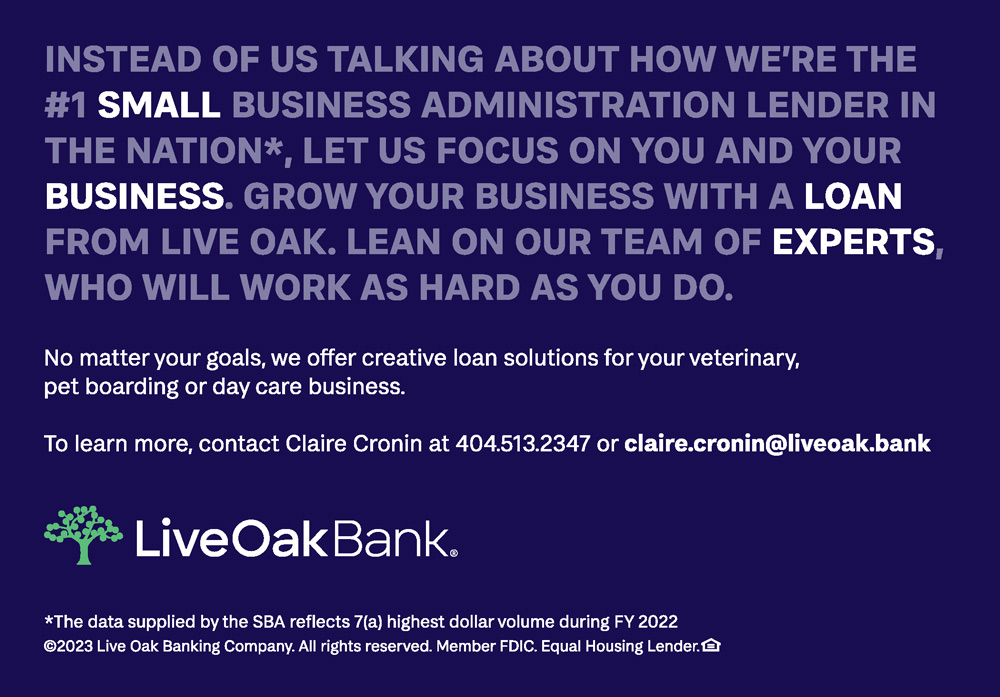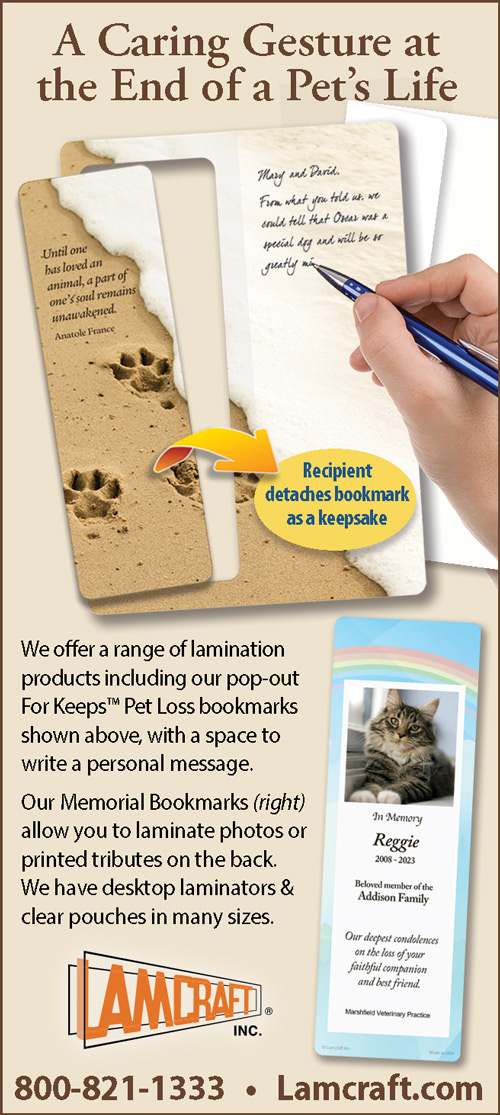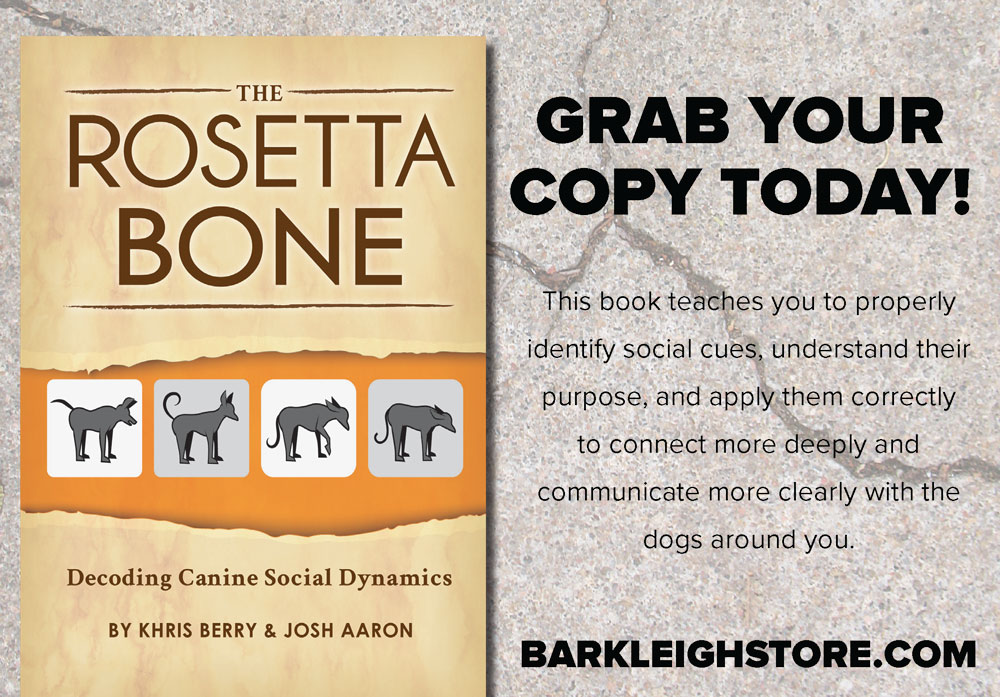


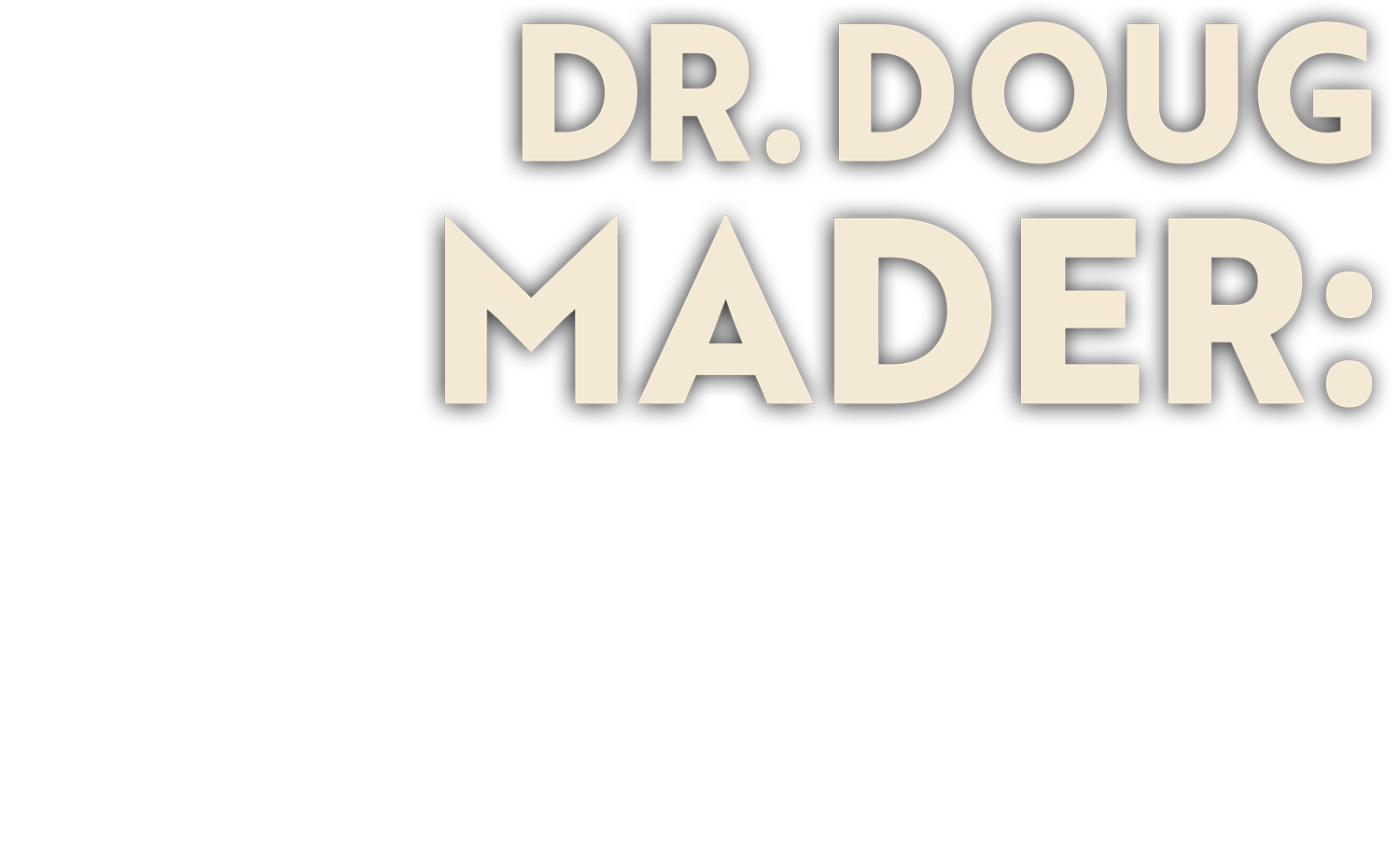




Photos provided by Dr. Doug Mader
t’s not every veterinarian who shares a photo posing with a mouth-wide-open alligator. But, the critically acclaimed lecturer, author, triple-board certified and multi-award-winning veterinarian of over four decades, Dr. Doug Mader, says matter-of-factly, “That’s Casper, the alligator. I’ve been taking care of him for over 25 years.”
Casper spends his days swimming in the pond at a rehabilitation center in Homestead, Florida. Dr. Mader says, “That animal knows me. He can hear me call his name and swims across the pond to say ‘hi.’ I visit him every time I’m there.”
Like most veterinarians, Dr. Mader was an animal-loving child. However, unlike many veterinarians, he started his animal career as a blacksmith.

After attending the UC Davis School of Veterinary Medicine, Dr. Mader bought a small animal practice in Los Angles. His recent book, The Vet at Noah’s Ark: Stories of Survival From an Inner City Animal Hospital,1 details his years in one of L.A.’s roughest neighborhoods treating all manner of animals—from dogs and cats to emus, skunks and other exotic creatures.
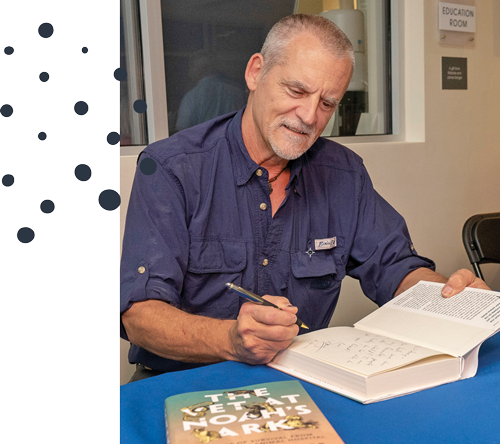
In recent years, the human-animal bond has become a focal point for the veterinarian community, and is certainly evident Dr. Mader’s life’s work.
“Every morning when I wake up, my goal is to solidify that bond, because that’s what it’s all about. People think of the human-animal bond as the little girl petting her kitten, but it extends to a biker with his pet snake, or my turtles, or wildlife. Some birdwatchers visit the same nest every week to watch the birds hatch. That’s a bond,” he shares.
Dr. Mader says, “I think being HAB certified shows the pet owners that you, as a veterinarian, care enough about and understand the importance of the human-animal bond to make the effort (expense and time) to take the course and enhance your skills. Having HAB-certified veterinarians gives pet owners a choice of who they want to care for their fur (and scaly/feathered) family.
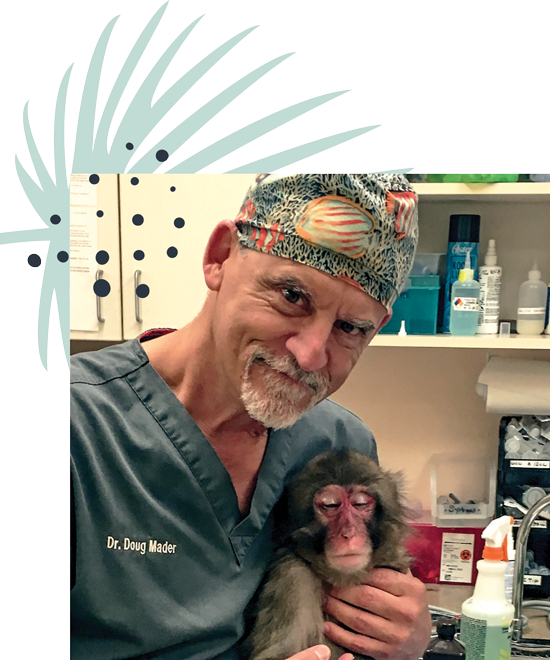
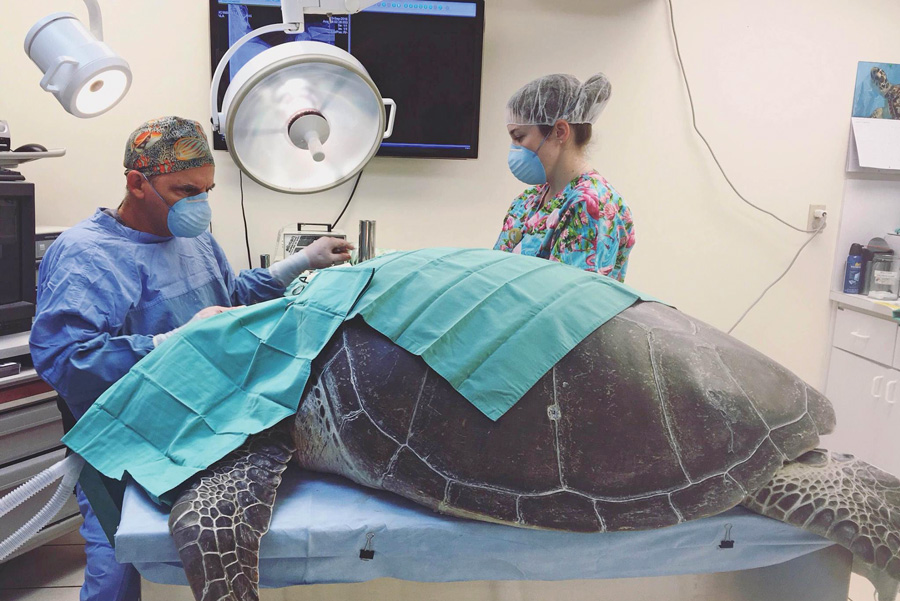

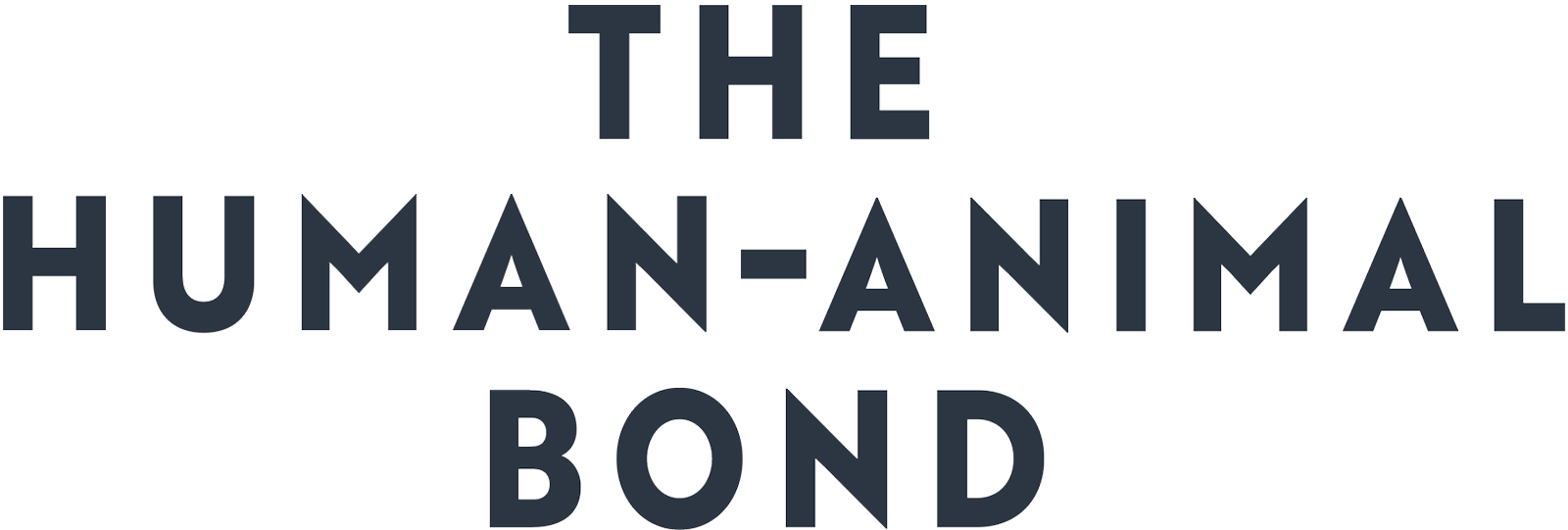
When not volunteering with the U. S. Wildlife and Fishing Service or nearby rehab organizations, Dr. Mader is writing: “I’m currently working on a sequel to the book The Vet at Noah’s Ark. The book’s been well received and my publisher and agent want me to write another. I’m also working on a fiction piece. I always wanted to be an American James Herriot. And, I’m writing a lecture for the updated version of the HABA [program], focusing on the ‘Atypical Human-Animal Bond;’ aka, reptiles, amphibians, and feathered friends. Between my wildlife work and writing, I’m busier than ever.”
- The Vet at Noah’s Ark: Stories of Survival from an Inner-City Animal Hospital. www.dougmader.com
- The Human Animal Bond Research Institute (HABRI). habri.org
- Human-Animal Bond Association (HABA). humananimalbond.net
